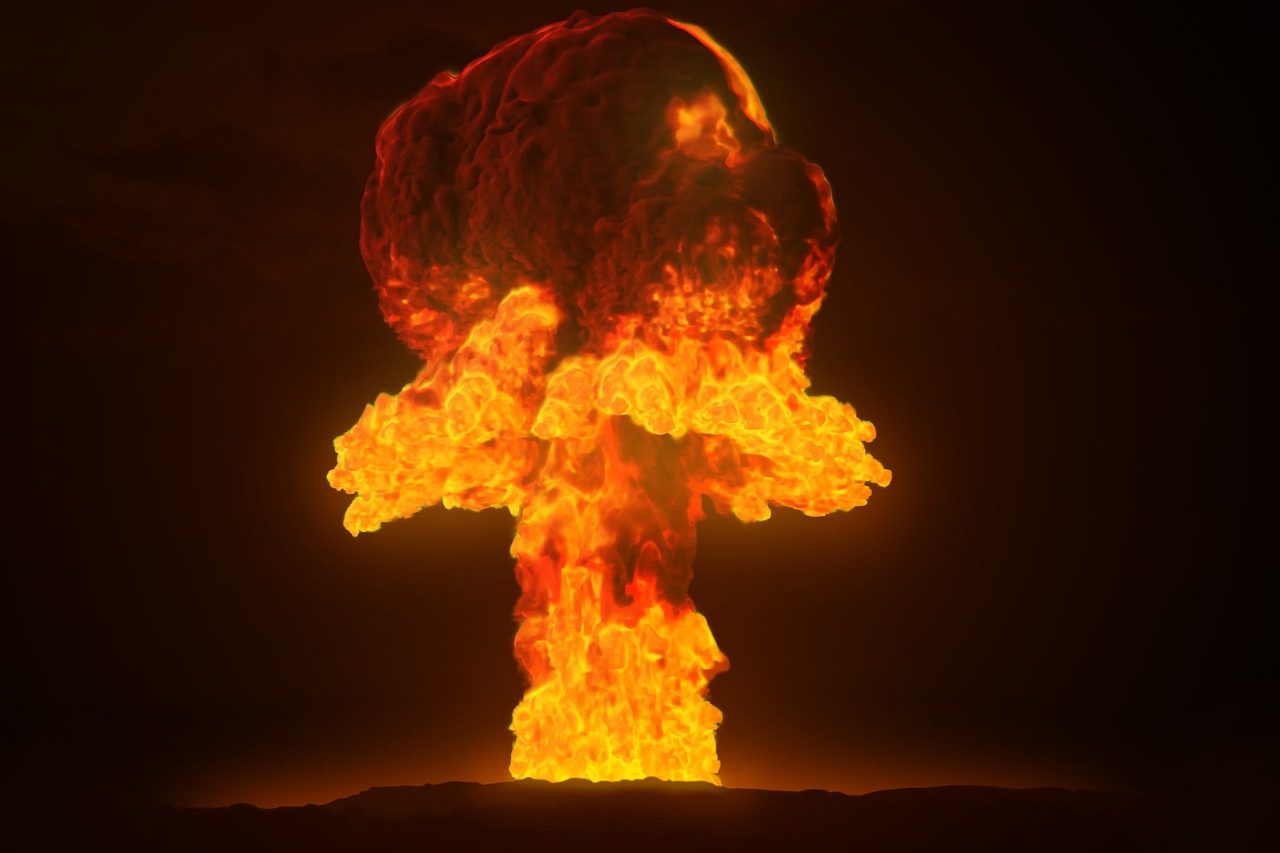Now Reading: The Timely Significance of Christopher Nolan’s “Oppenheimer” in Today’s Context
-
01
The Timely Significance of Christopher Nolan’s “Oppenheimer” in Today’s Context
The Timely Significance of Christopher Nolan’s “Oppenheimer” in Today’s Context

At intermittent intervals, a cinematic creation emerges that delves into profound themes, resonating with the prevailing global circumstances in a manner that feels remarkably apt. “Oppenheimer” stands as a prime exemplar of such a film, its narrative threading through the tapestry of contemporary events with uncanny precision.
The well-known excerpt attributed to J. Robert Oppenheimer, “Now I am become death, destroyer of worlds,” extracted from the ancient Indian scripture, the Bhagavad Gita, takes on heightened significance within Christopher Nolan’s latest war biographical offering, which has remarkably clinched unexpected success at the box office.

At the juncture when the world was gradually emerging from the somber cocoon of the COVID-19 pandemic’s isolating grasp and tentatively coalescing around collaborative endeavors to devise vaccines, the global landscape was jolted by the seismic announcement in early 2022: Vladimir Putin and Russia embarked on a declaration of war against Ukraine. Against this backdrop, Nolan’s vision for “Oppenheimer” to possess relevancy could not have been more presciently encapsulated.
While Nolan always harbored the intention of crafting a film that bore relevance, the convergence of his creation with the geopolitical milieu at the time surpassed even his own foresight. The film’s release coincided with a climate of uncertainty and geopolitical tension that lent an extraordinary resonance to its narrative, aligning itself intrinsically with the dissonant rhythms of the contemporary world stage.
The Manner in Which Nolan Translates Oppenheimer’s Narrative onto the Cinematic Canvas
Drawing from the Pulitzer Prize-winning biographical work by Kai Bird and Martin J. Sherwin, Christopher Nolan endeavors to translate Oppenheimer’s narrative onto the cinematic canvas with a distinctive focus on elucidating the psychological underpinnings behind the creation of the atomic bomb. Simultaneously, Nolan seeks to convey the profound and far-reaching transformation that this invention heralded for the world at large—an ambition that aligns seamlessly with his penchant for probing intricate human experiences, a hallmark of his directorial approach.

Nolan’s trademark cerebral storytelling style, a defining characteristic of his cinematic craftsmanship, is poised to be the vehicle through which the narrative unfolds. Rooted in the annals of history, the film’s narrative fabric interweaves Oppenheimer’s multifaceted connections, both within his personal sphere with his wife Katherine (portrayed by Emily Blunt) and within his professional realm among colleagues.
The central theme revolves around the moral and ethical conundrums that underpin the creation of a weapon of mass destruction, a burden that Oppenheimer shoulders. This exploration serves as a locus for examining the intricate tapestry of human relationships and the complex dynamics that shaped this pivotal moment in history.
The Contemporary Relevance of Oppenheimer in the Current Era
Narrating Oppenheimer’s journey through a historical and deeply human perspective, it’s almost certain that Christopher Nolan couldn’t have foreseen the extent of relevance his cinematic creation would assume in the wake of the Russian incursion into Ukraine.
The nuclear prowess of Russia remains far from clandestine, and the film’s underlying intention seems to encompass a foreboding reminder of the looming perils and cataclysmic potentiality that exists should a ceasefire not be established in Ukraine. Within the context of a post-COVID world, characterized by heightened interconnectivity and technological unity, the ongoing global condemnation of a persisting conflict underscores the unsettling reality of the present day: the specter of nuclear warfare hovers persistently.

Moreover, the film delves into the labyrinthine realm of political lobbying and bureaucratic mechanisms integral to the development of weapons of mass destruction, nestled within a nation’s defense initiatives and programs. A poignant reflection emerges on the expendability of the scientists involved in these undertakings, emblematic of a complex interplay between the pursuit of power and the human element that stands to bear the brunt of such pursuits.
Read our more blogs on retailinsights











